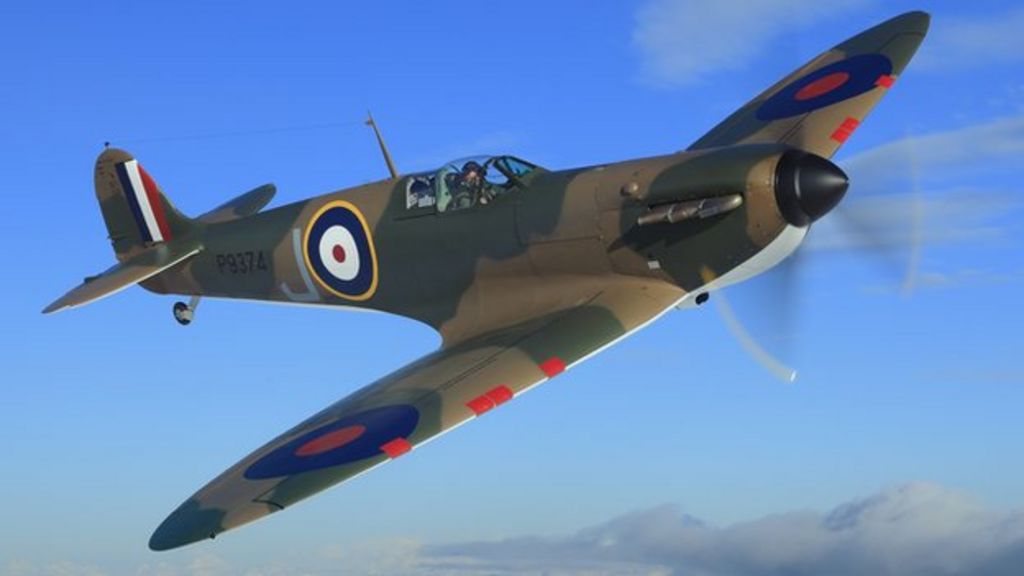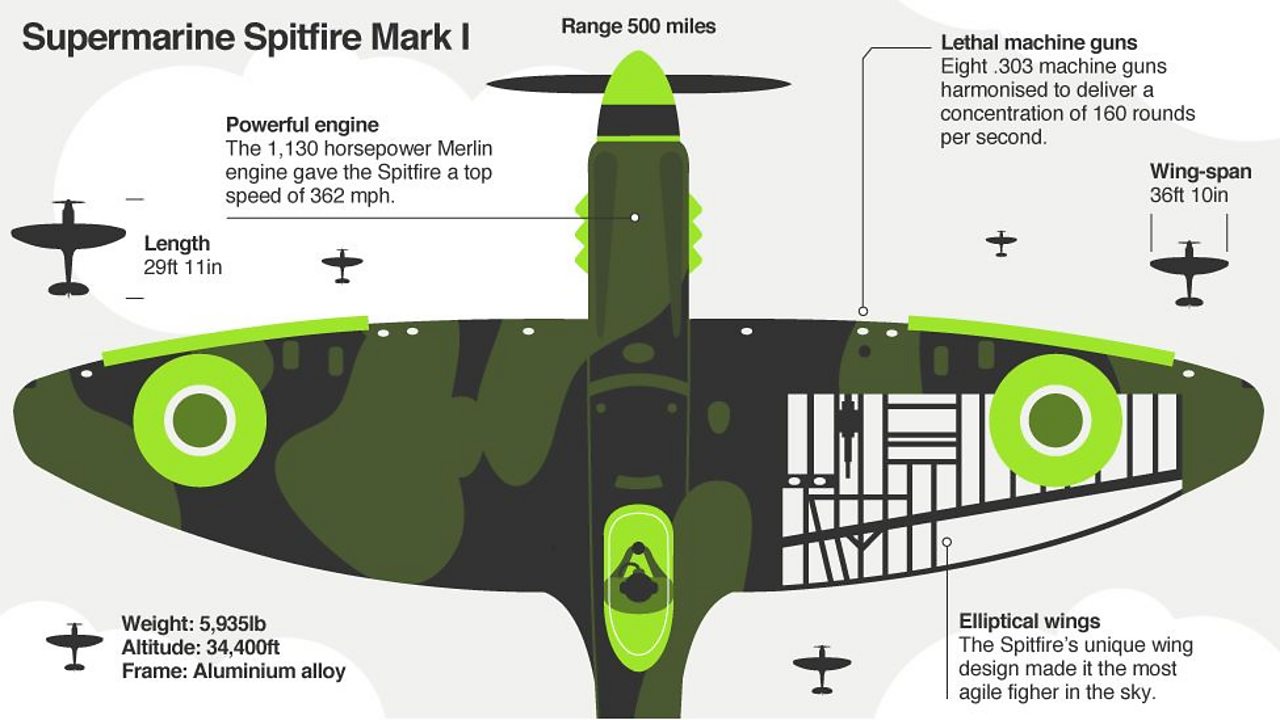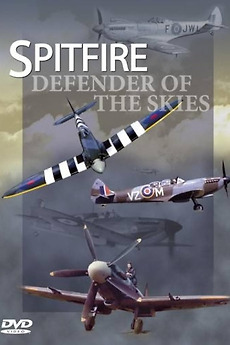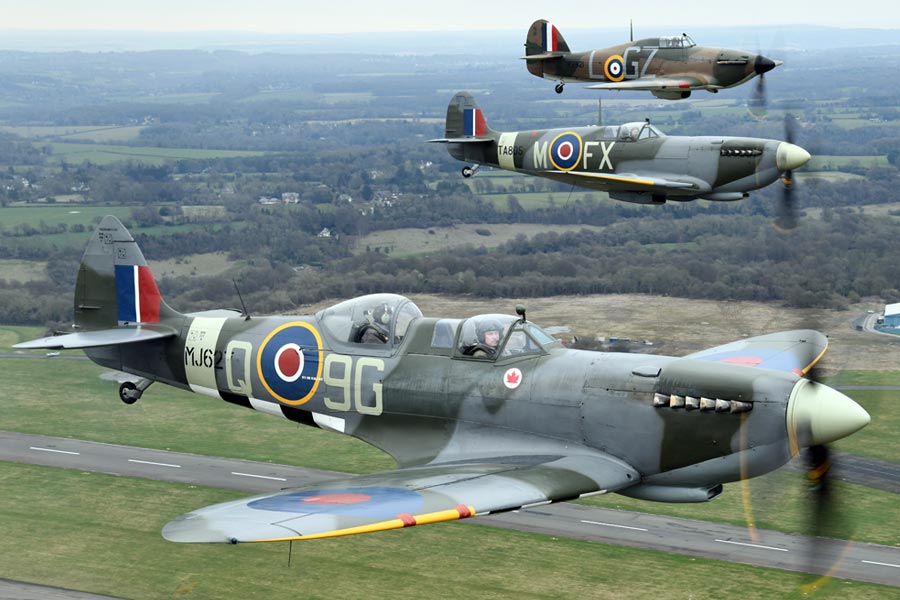5 Facts Spitfire

Introduction to the Supermarine Spitfire

The Supermarine Spitfire is one of the most iconic aircraft in history, playing a crucial role in World War II. Its sleek design, impressive maneuverability, and powerful armament made it a favorite among pilots and a symbol of British resistance against the Axis powers. Here are five key facts about the Spitfire that highlight its significance and enduring legacy.
Design and Development

The Spitfire was designed by R.J. Mitchell, an innovative engineer who worked for Supermarine, a British aircraft manufacturer. The first prototype of the Spitfire, known as the Type 300, made its maiden flight in March 1936. Over the years, the Spitfire underwent numerous design improvements, with various marks (or versions) being produced. Each mark brought significant enhancements, including more powerful engines, improved armament, and better aerodynamics. The continuous development of the Spitfire ensured it remained a competitive fighter aircraft throughout the war.
Operational History
The Spitfire saw extensive service during World War II, participating in numerous campaigns and battles. It was first introduced into service with the Royal Air Force (RAF) in 1938. One of its most notable roles was during the Battle of Britain in 1940, where the Spitfire, along with the Hawker Hurricane, played a crucial part in defending British skies against the German Luftwaffe. The Spitfire’s agility and climbing ability made it an excellent interceptor, capable of engaging enemy aircraft at high altitudes. It also saw service in other theaters, including North Africa, Italy, and the Far East, proving its versatility and effectiveness in various combat environments.
Technical Specifications

The Spitfire was powered by a Rolls-Royce Merlin engine, which provided the aircraft with its remarkable performance. The Merlin engine underwent several improvements during the war, increasing in power from around 1,000 horsepower in early models to over 1,500 horsepower in later versions. The armament of the Spitfire typically consisted of eight.303 inch Browning machine guns, although later models were equipped with cannons and heavier machine guns to increase their firepower. The Spitfire’s airframe was designed to be highly maneuverable, with a sleek, elliptical wing that provided exceptional roll rates and climb performance.
Variants and Production

Over 20,000 Spitfires were produced during the war, with the aircraft undergoing continuous development to keep pace with enemy advancements. Several variants were produced, each with its unique characteristics. The Spitfire Mk I and Mk II were among the earliest versions, while the Mk V and Mk IX were widely used during the mid-war period. The Spitfire Mk XIV, with its Griffin engine, was one of the most powerful versions, capable of high speeds and excellent performance at high altitudes. The Spitfire also formed the basis for the Seafire, a naval version adapted for carrier operations with the Fleet Air Arm.
Legacy

The Spitfire’s legacy extends far beyond its military service. It has become an iconic symbol of British determination and resilience, embodying the spirit of resistance against overwhelming odds. Today, many Spitfires are preserved in museums and private collections, with some still airworthy and participating in air shows and commemorative flights. The Spitfire’s influence can also be seen in later aircraft designs, where its aerodynamic principles and engineering innovations have been incorporated. The story of the Spitfire continues to captivate audiences, inspiring books, films, and documentaries that celebrate its history and the pilots who flew it.
🚀 Note: The Spitfire's impact on World War II and its enduring popularity are testaments to the ingenuity of its designers and the bravery of its pilots.
In summary, the Supermarine Spitfire was a groundbreaking aircraft that played a pivotal role in the Allied victory in World War II. Its combination of sleek design, powerful armament, and exceptional maneuverability made it a formidable opponent in the skies. The Spitfire’s legacy continues to inspire new generations, serving as a reminder of the importance of innovation, courage, and determination in the face of adversity.
What was the primary role of the Spitfire during World War II?

+
The primary role of the Spitfire was as a fighter aircraft, designed to engage and destroy enemy planes. It was highly effective in this role, particularly during the Battle of Britain.
How many Spitfires were produced during World War II?

+
Over 20,000 Spitfires were produced during the war, making it one of the most produced fighter aircraft of the conflict.
What made the Spitfire so maneuverable?

+
The Spitfire’s maneuverability was due to its sleek, elliptical wing design, which provided exceptional roll rates and climb performance. This, combined with its powerful engine, made it highly agile and capable of outperforming many contemporary aircraft.



